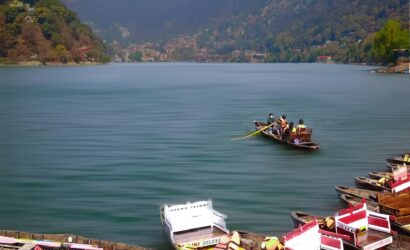Nainital
Bungee Jumping

Discover the Spiritual and Natural Charms of Uttarakhand
Embark on a soul-stirring odyssey with our “Sacred Sojourn Uttarakhand Experience,” a meticulously curated 8-day itinerary that seamlessly blends spirituality...
Junglee Safari

Discover the Spiritual and Natural Charms of Uttarakhand
Embark on a soul-stirring odyssey with our “Sacred Sojourn Uttarakhand Experience,” a meticulously curated 8-day itinerary that seamlessly blends spirituality...

Nainital and Jim Corbett Expedition
Nainital and Jim Corbett Expedition: Explore Nature’s Bounty and Wildlife Wonders Experience the perfect blend of natural beauty and wildlife...

Jim Corbett Wildlife Expedition – Embrace the Wild Indulge in an extraordinary wildlife adventure with our “Den of Tigers –...
Peak Climbing

Discover the Spiritual and Natural Charms of Uttarakhand
Embark on a soul-stirring odyssey with our “Sacred Sojourn Uttarakhand Experience,” a meticulously curated 8-day itinerary that seamlessly blends spirituality...
Sightseeing

Discover the Spiritual and Natural Charms of Uttarakhand
Embark on a soul-stirring odyssey with our “Sacred Sojourn Uttarakhand Experience,” a meticulously curated 8-day itinerary that seamlessly blends spirituality...

Nainital and Jim Corbett Expedition
Nainital and Jim Corbett Expedition: Explore Nature’s Bounty and Wildlife Wonders Experience the perfect blend of natural beauty and wildlife...

Nainital: The Enchanting Lake Haven
Explore the Enchanting Lakes – Nainital Delight Overview: Indulge in the serene beauty of Nainital with our specially curated package,...

Jim Corbett Wildlife Expedition – Embrace the Wild Indulge in an extraordinary wildlife adventure with our “Den of Tigers –...
Trekking

Discover the Spiritual and Natural Charms of Uttarakhand
Embark on a soul-stirring odyssey with our “Sacred Sojourn Uttarakhand Experience,” a meticulously curated 8-day itinerary that seamlessly blends spirituality...
